Wuhan University, located in the heart of Wuhan, China, is not just a center of academic excellence but also a place where natural beauty and history converge. One of the most enchanting natural spectacles within this esteemed institution is the breathtaking display of cherry blossoms that grace the campus every spring. With approximately 1,000 cherry trees of various species, including Japanese cherry, mountain cherry, weeping cherry, and red-flowered pot cherry, Wuhan University becomes a mesmerizing floral wonderland in mid-March when these trees burst into full bloom.
Basic Information
| Estimated Length of Tour | 2 hours |
| Ticket Price | Free |
| Opening Hours | 24 hours a day |
Location and Transportation
The Cherry Blossom Garden at Wuhan University is a delightful location nestled on the slopes of Luojia Hill, overlooking the picturesque East Lake in Wuhan, Hubei Province. Established in 1931 during the 19th year of the Republic of China (1931 AD), the Cherry Blossom Garden is a testament to the historical legacy of Wuhan University. To get there, you can choose the following ways:
Bus: Take bus 340, 413, 552, 572, 587, or 591 and get off at Bayi Road Luojia Hill Stop.
Metro: The closest metro station to Wuhan University is Xiaohongshan (小洪山) on line 8. After getting out of the station, walk about 500 meters to the east to reach the University.
Map of Cherry Blossoms at Wuhan University

Distribution of Cherry Blossoms at Wuhan University
On the campus of Wuhan University, aside from the Cherry Blossom Garden, you can find cherry blossoms adorning various locations, such as the Fourth Teaching Building, Kunpeng Square, the Humanities and Social Sciences Building, the Administrative Building, the University Hospital, the Main Teaching Building of the School of Engineering, Xinghu Building of the School of Information, and the School of Medicine. However, the ultimate destination for cherry blossom enthusiasts is the aptly named “Cherry Blossom Garden” – a breathtaking haven that captivates visitors with its diverse collection of cherry trees.
The Cherry Blossom Garden predominantly features Japanese cherry trees, boasting over 10 different varieties, including early-blooming, late-blooming, and weeping cherry trees. The colorful and vibrant blooms, along with their varied branches and distinct blooming periods, create a stunning spectacle. As the harsh winter gives way to spring, the garden comes alive with early-blooming cherry blossoms, followed by Japanese cherry trees, weeping cherry blossoms, and late-blooming varieties. During the peak blooming season, the Cherry Blossom Garden is transformed into a sea of flowers, attracting thousands of visitors who come to admire the picturesque display, becoming entranced by the beauty of the blossoms.
History of Cherry Blossom at Wuhan University
From 28 trees representing the “national shame” to a thousand trees embodying “humanity,” the cherry blossoms at Wuhan University have not only witnessed the evolving relationship between China and Japan but have also become a living testament to Wuhan University’s rich history.
In 1939, during the tumultuous years of the Second Sino-Japanese War, the Japanese military planted over 20 small Japanese cherry trees within the grounds of Wuhan University, predominantly along the Cherry Blossom Avenue. After the victory in the war, Wuhan University was restored to its original location on Luojia Hill in October 1946. In March 1947, students and faculty of the university discovered that a total of 28 cherry trees had blossomed, evenly distributed between the three arches of the old dormitory building and four buildings on each side of it (seven trees in front of each building). In the midst of strong resentment towards Japanese militarism, there were suggestions to cut down the cherry trees. However, the troops stationed in Wuhan at the time insisted on preserving every blade of grass and tree at Wuhan University. As a result, the first generation of cherry trees at Wuhan University was spared.
The first generation of Japanese cherry trees naturally reached the end of their life cycle, and by 1972, most of them had died. This significant year marked the normalization of diplomatic relations between China and Japan. In honor of this event, the Prime Minister of Japan visited China and presented 1,000 cherry trees as a gesture of goodwill. As Premier Zhou Enlai had previously lived in Luojia Hill, engaged in anti-Japanese resistance activities, 50 of these cherry trees were given to Wuhan University and were planted in front of the Half-Mountain Cottage.
In the 1980s and 1990s, in the spirit of commemorating Sino-Japanese friendship, Japanese friends sent cherry tree saplings to Wuhan University on two separate occasions.
Vlog about Cherry Blossom at Wuhan University
Useful Tips Summarized from Reviews
Transportation: If you plan to visit Wuhan University during cherry blossom season, it’s important to note that driving or riding shared bicycles into the campus is not allowed.
Respect for Academic Spaces: While enjoying the cherry blossoms, be mindful not to enter areas designated for student study and academic activities, such as libraries and classrooms. Respect their need for a quiet and focused learning environment.
Attire for Photography: Wuhan University’s cherry blossoms are predominantly the white Yoshino variety. To complement the pink and white hues of the cherry blossoms in your photos, consider wearing attire in bright and eye-catching colors like pink or red.
Entry Gates and Visitor Channels: Wuhan University has designated “reservation visitor channels” at the main gate, Chagang Gate, Wenlan Gate, and Luonan Gate for visitors. Other gates are restricted from entry. Make sure to enter through the designated channels to access the campus during cherry blossom season.
Exploring the Main Gate Archway: If you enter Wuhan University through the Luojia Gate, you can start your visit by taking photos at the main gate archway. If you enter through other gates, you can explore the core areas of the campus and enjoy the cherry blossoms first, then exit through the main gate archway at the end of your visit for a memorable exit photo.



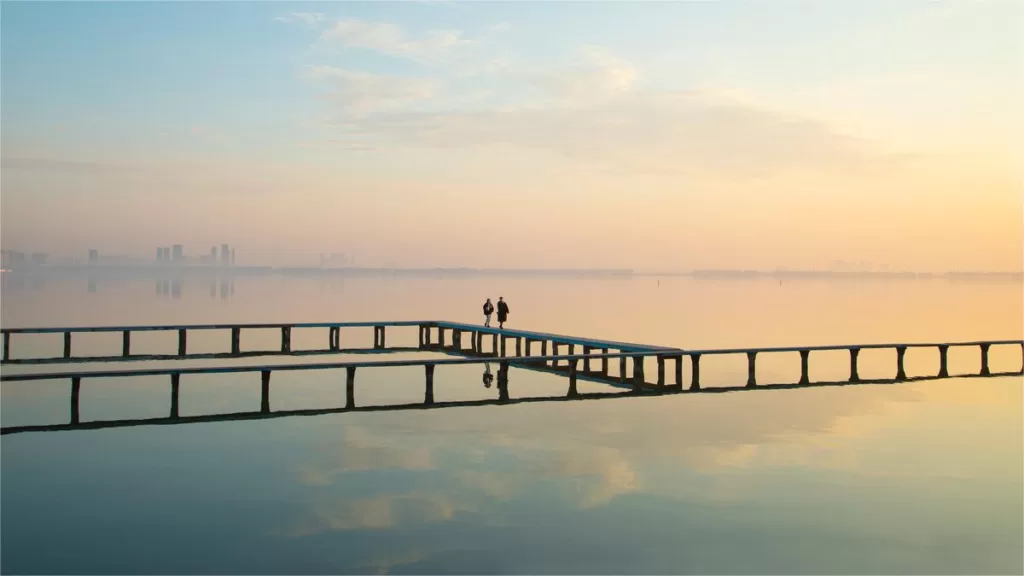

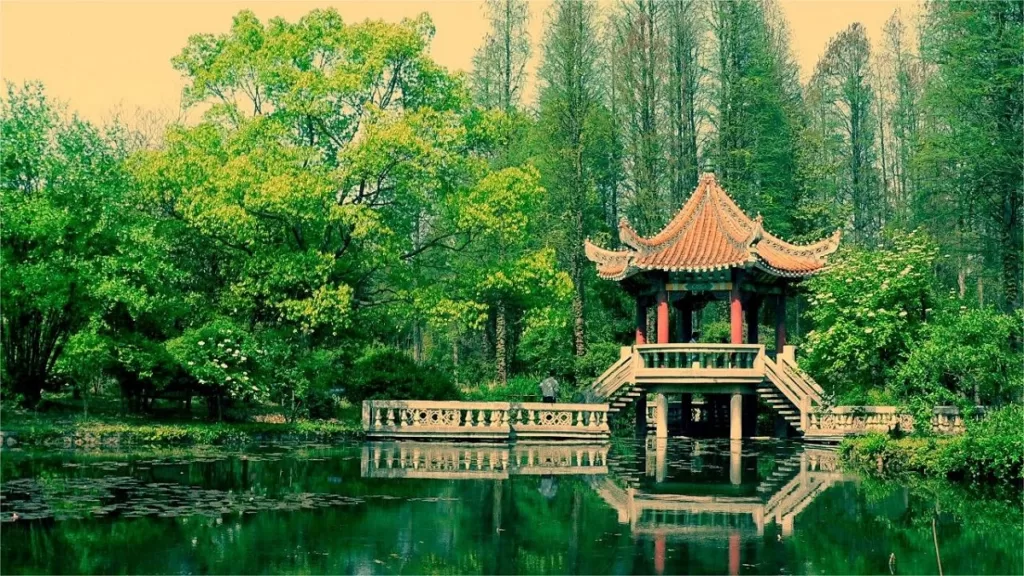
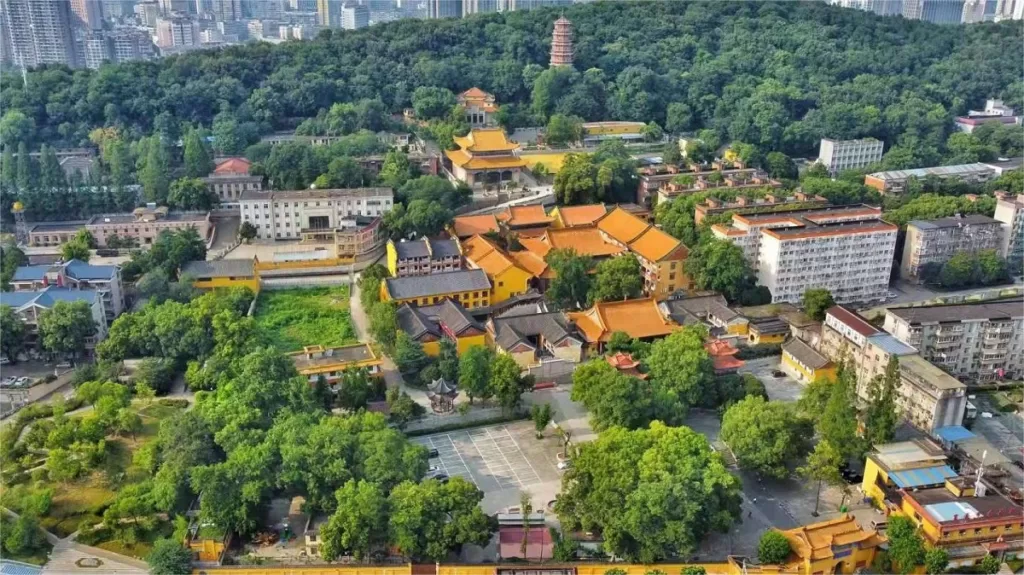
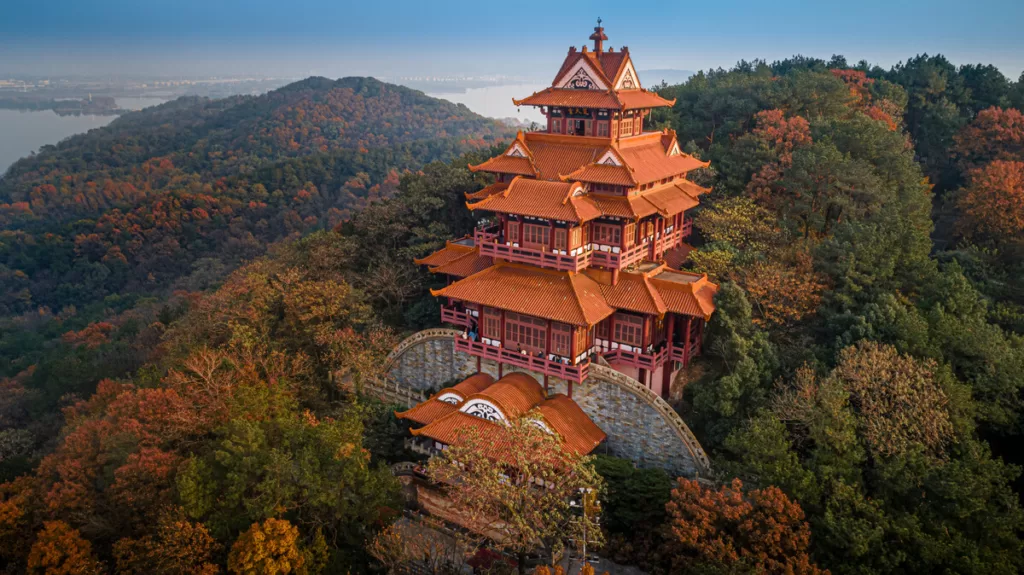
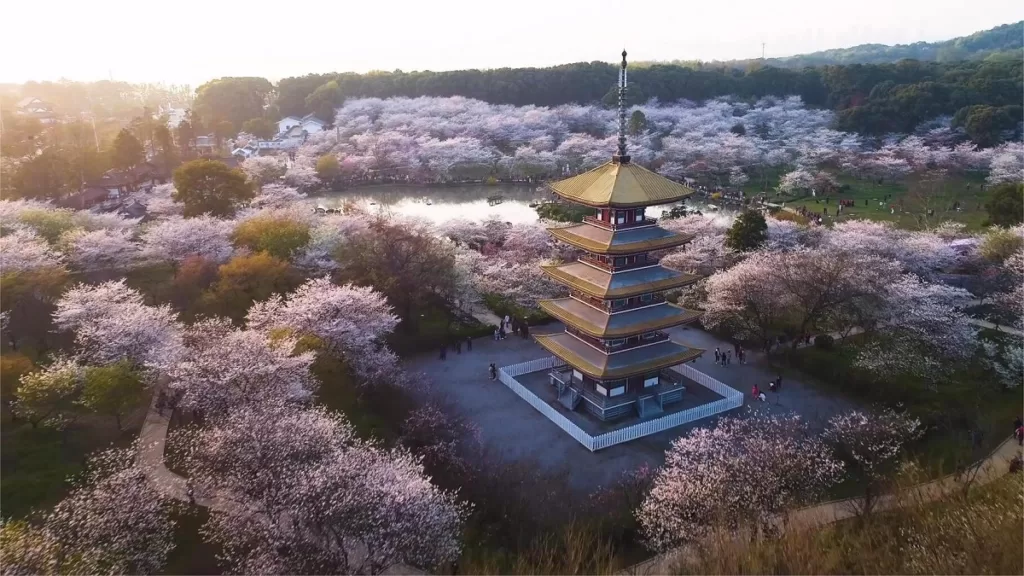

It’s truly stunning, no matter how you take pictures, it’s never enough.